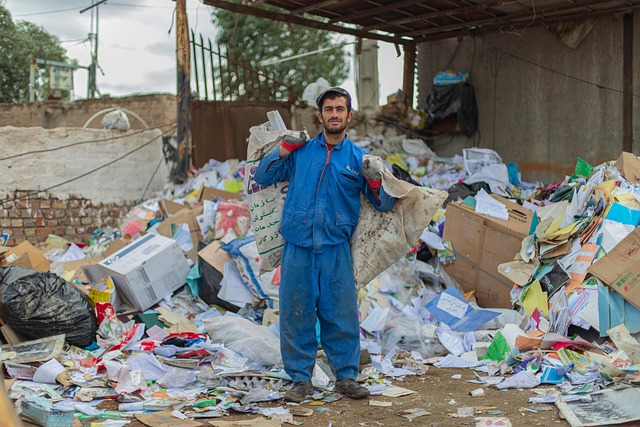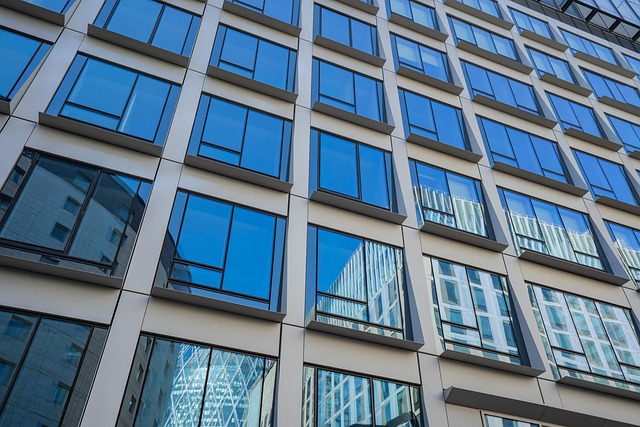Real estate facility management prioritizes safety through hazard identification and mitigation. Regular inspections and maintenance address structural, electrical, plumbing, HVAC, and fire safety risks. Proactive measures like training, drills, modern security systems, and clear evacuation plans enhance overall safety, property value, and regulatory compliance. Structured routines ensure critical systems' integrity, preventing issues and attracting tenants/buyers in the competitive real estate market.
In the real estate industry, ensuring safety compliance is paramount to protecting tenants, residents, and property value. This comprehensive guide explores vital steps to maintain facilities safely. Start by identifying potential hazards unique to real estate properties, from structural issues to environmental concerns. Implement robust safety measures and tailored training programs for staff and occupants. Regular maintenance and thorough inspections guarantee ongoing compliance with safety regulations, mitigating risks and fostering a secure environment.
Identify Potential Hazards in Real Estate Facilities

Identifying potential hazards is a critical step in maintaining real estate facilities for safety compliance. This involves conducting thorough inspections to uncover any risks that could pose threats to occupants, visitors, and property. Real Estate professionals should assess structural integrity, electrical systems, fire safety equipment, plumbing, and HVAC systems among other aspects to ensure they meet safety standards and regulations.
Regular maintenance checks, including routine repairs and upgrades, are essential to mitigate these hazards. By proactively addressing issues like faulty wiring, outdated fire alarms, or aging infrastructure, real estate managers demonstrate their commitment to occupant well-being and regulatory adherence. This proactive approach not only enhances the facility’s overall safety but also contributes to a positive reputation for the property among potential tenants and buyers.
Implement Safety Measures and Training Programs

In the real estate sector, maintaining facilities while ensuring safety compliance is paramount. Implementing robust safety measures and comprehensive training programs are essential steps to safeguard occupants and premises alike. These initiatives start with identifying potential hazards and risks specific to each property type—be it residential apartments, commercial office spaces, or retail stores. Once identified, appropriate controls can be put in place, ranging from regular maintenance of fire extinguishers and emergency lighting to the installation of modern security systems and clear evacuation plans.
Training programs play a pivotal role in fostering a culture of safety. These should cater to all staff, tenants, and residents, covering topics such as basic first aid, emergency response procedures, and handling hazardous materials. Regular drills and simulations can significantly enhance preparedness, ensuring everyone knows their roles and responsibilities during an actual crisis. By prioritizing safety through proactive measures and education, real estate properties can mitigate risks, create a secure environment, and meet regulatory standards.
Regular Maintenance and Inspection for Compliance

Regular maintenance and inspections are paramount in the real estate sector to ensure facilities meet safety standards. Property managers and owners must implement structured routines for checking critical systems, such as electrical wiring, plumbing, HVAC units, and fire safety equipment. These checks not only help identify potential hazards but also prevent minor issues from escalating into major problems that could compromise tenant safety and property value.
Conducted at set intervals, inspections should adhere to industry best practices and regulatory guidelines. By staying proactive with maintenance, real estate professionals can mitigate risks, maintain a positive reputation, and ensure their properties remain attractive to potential tenants or buyers. This commitment to safety compliance is essential for long-term success in the competitive real estate market.






